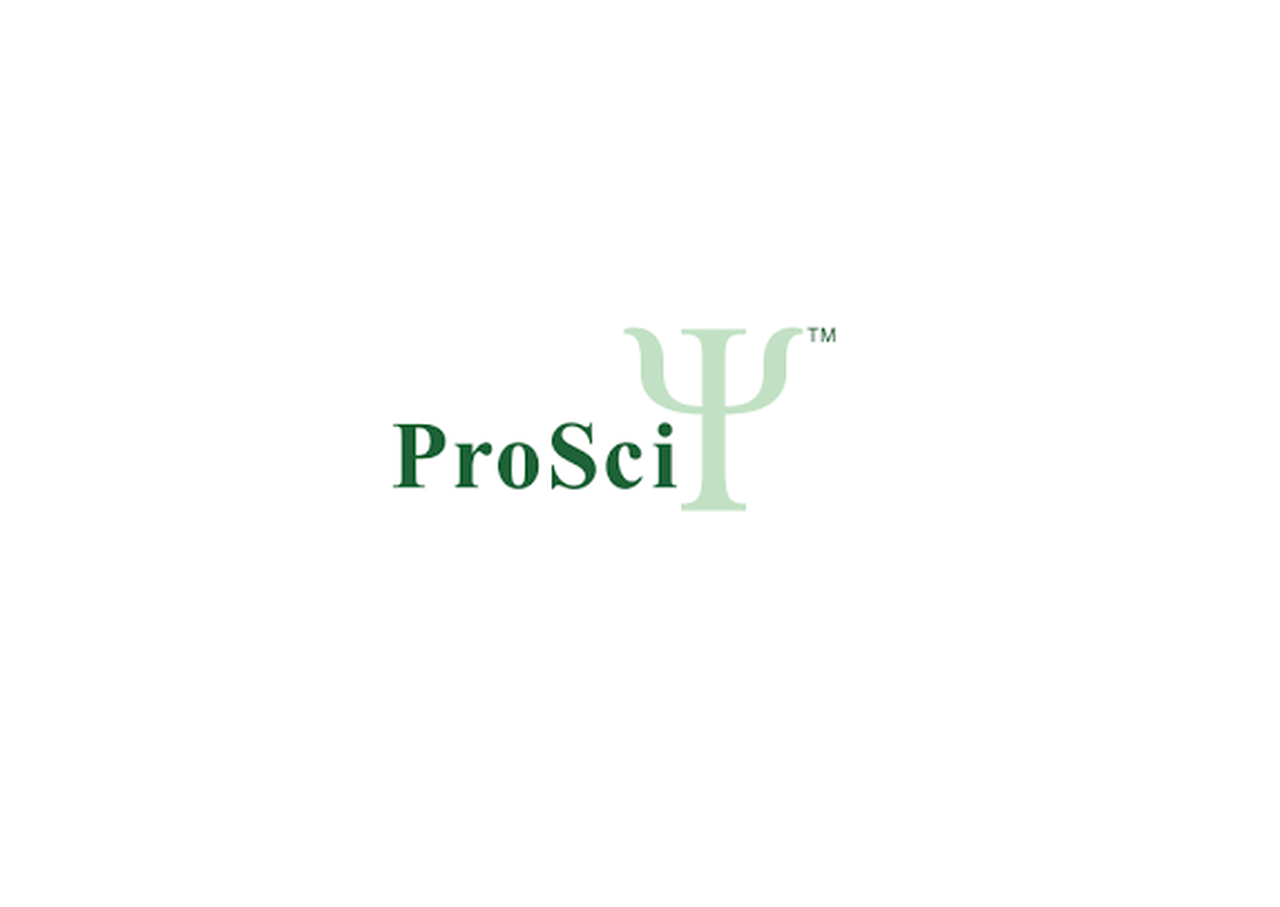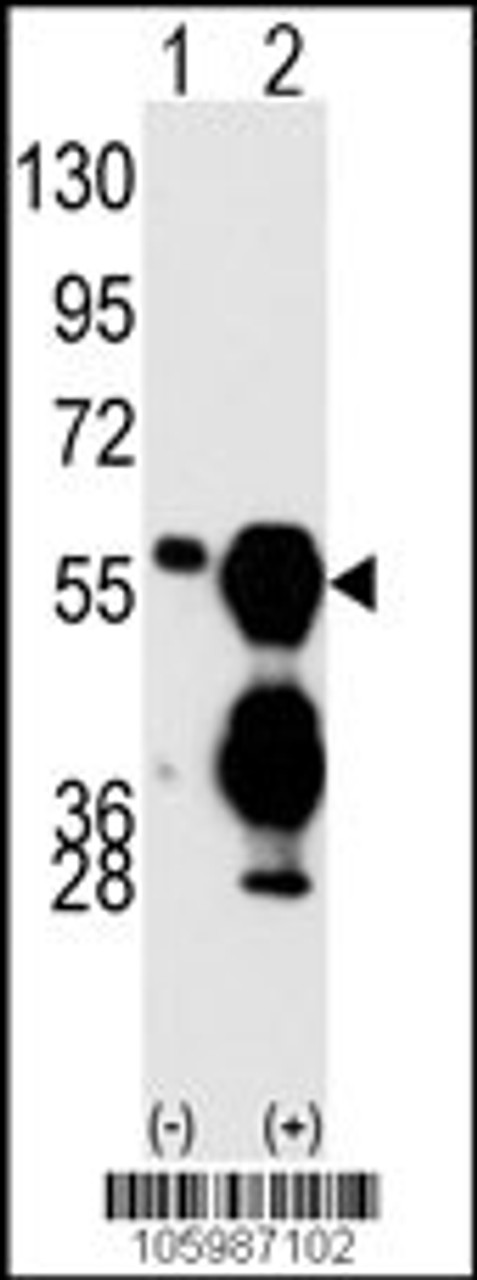Product Description
PPM1F Antibody | 63-482 | ProSci
Host: Rabbit
Reactivity: Human
Homology: N/A
Immunogen: This PPM1F antibody is generated from rabbits immunized with a KLH conjugated synthetic peptide between 409-439 amino acids from the C-terminal region of human PPM1F.
Research Area: Cell Cycle, Signal Transduction
Tested Application: WB, IHC-P
Application: For WB starting dilution is: 1:1000
For IHC-P starting dilution is: 1:50~100
Specificiy: N/A
Positive Control 1: N/A
Positive Control 2: N/A
Positive Control 3: N/A
Positive Control 4: N/A
Positive Control 5: N/A
Positive Control 6: N/A
Molecular Weight: 50 kDa
Validation: N/A
Isoform: N/A
Purification: This antibody is prepared by Saturated Ammonium Sulfate (SAS) precipitation followed by dialysis
Clonality: Polyclonal
Clone: N/A
Isotype: Rabbit Ig
Conjugate: Unconjugated
Physical State: Liquid
Buffer: Supplied in PBS with 0.09% (W/V) sodium azide.
Concentration: batch dependent
Storage Condition: Store at 4˚C for three months and -20˚C, stable for up to one year. As with all antibodies care should be taken to avoid repeated freeze thaw cycles. Antibodies should not be exposed to prolonged high temperatures.
Alternate Name: Protein phosphatase 1F, Ca (2+) /calmodulin-dependent protein kinase phosphatase, CaM-kinase phosphatase, CaMKPase, Partner of PIX 2, Protein fem-2 homolog, hFem-2, PPM1F, KIAA0015, POPX2
User Note: Optimal dilutions for each application to be determined by the researcher.
BACKGROUND: PPM1F is a member of the PP2C family of Ser/Thr protein phosphatases. PP2C family members are known to be negative regulators of cell stress response pathways. This phosphatase can interact with Rho guanine nucleotide exchange factors (PIX) , and thus block the effects of p21-activated kinase 1 (PAK) , a protein kinase mediating biological effects downstream of Rho GTPases. Calcium/calmodulin-dependent protein kinase II gamma (CAMK2G/CAMK-II) is found to be one of the substrates of this phosphatase. The overexpression of this phosphatase or CAMK2G has been shown to mediate caspase-dependent apoptosis.
 Euro
Euro
 USD
USD
 British Pound
British Pound
 NULL
NULL












